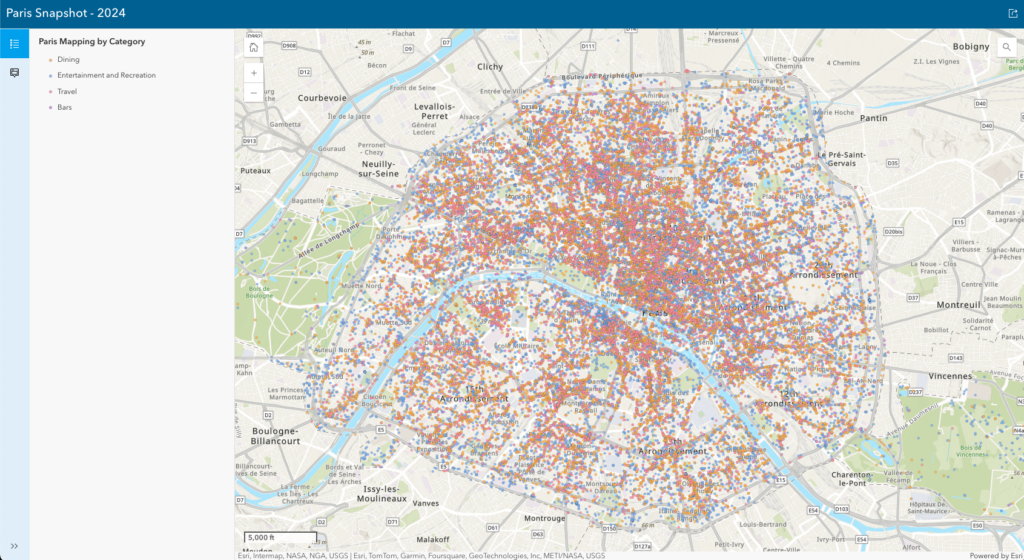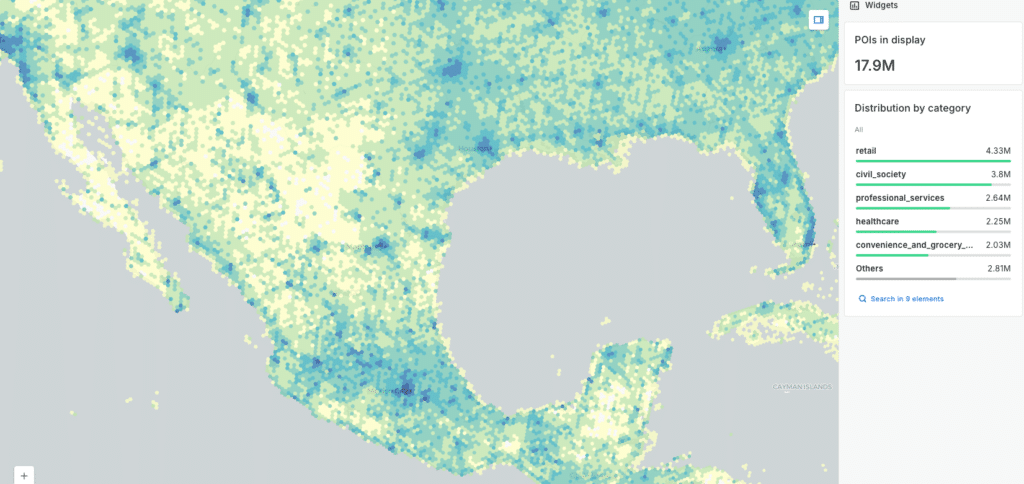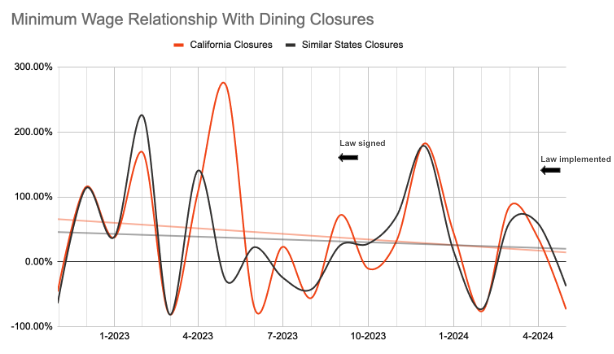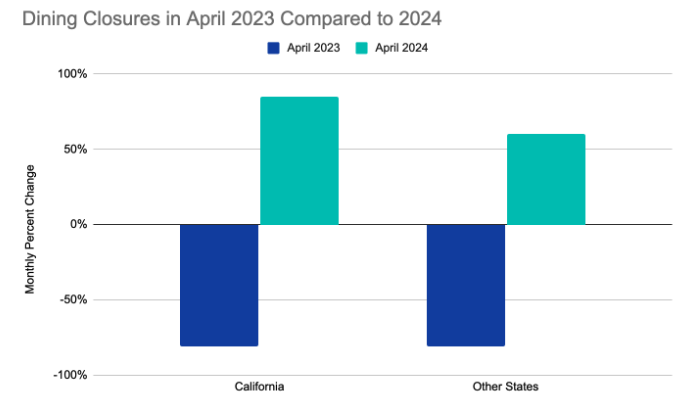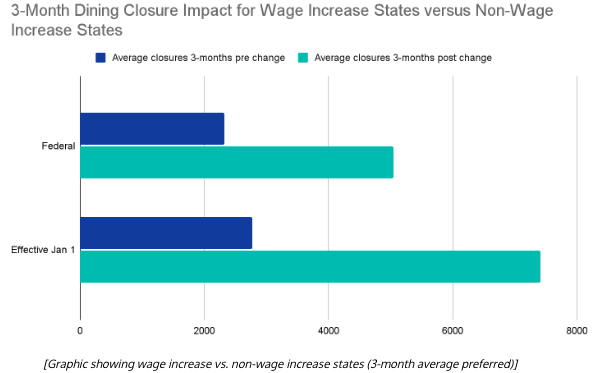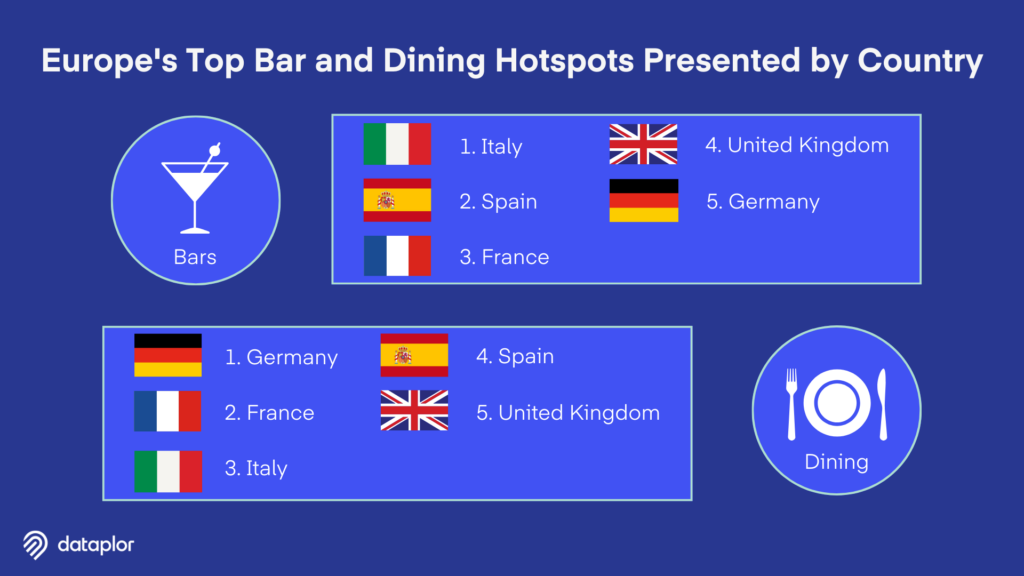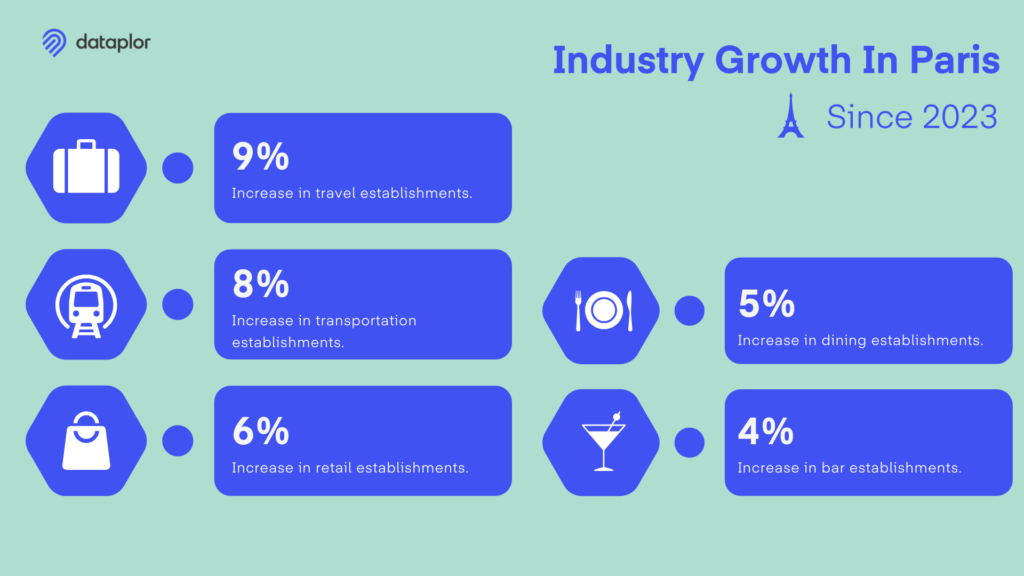
Data Enrichment Strategies: A Focus on POI Data
Data Enrichment Strategies: A Focus on POI Data
The digital world is constantly developing and evolving, and in today’s competitive landscape, many businesses struggle with the challenges of limited data insights. Relying on raw data alone often leads to gaps in understanding customer preferences and missed opportunities in targeted marketing.
Customer expectations evolve with time, making it vital to seek out deeper data insights from your existing data to maintain an edge. This is where data enrichment becomes essential, allowing you to enhance the quality of your datasets and make informed decisions that drive the growth of your business.
A recent study reveals that businesses investing in data enrichment experience a 20% improvement in their ability to understand customer behavior and preferences. This enhanced understanding can empower you to refine your marketing strategies, tailor your messages, and optimize the efforts of your sales teams, leading to positive and measurable results.
In this article, we’ll review the fundamentals of data enrichment, explore how dataplor’s POI data enhances the data enrichment process, and provide some real-world use cases and examples of how businesses have achieved success using enriched datasets.
What is Data Enrichment?
Data enrichment is the process of adding additional information to existing datasets to improve their quality, accuracy, and completeness. For instance, if you’re evaluating customer data, you may want to include elements such as appending external data or first-party data, contact data, or third-party data—such as demographic data, contact information, and firmographic data—to existing customer data.
By enriching raw data with high-quality information from various data sources, you can turn incomplete or outdated data into actionable insights, improving the overall value of your data management and validation processes. Data cleansing tools can help you ensure that this enriched data is accurate and ready for use in making business decisions.
Here’s why data enrichment is important for your business:
1. Complete Market View
With data enrichment, you can achieve a complete view of your market by combining existing data with external data sources. This allows you to track competition, identify new opportunities, and validate business decisions.
Having enriched datasets allows you to analyze trends in real-time and make informed decisions based on comprehensive insights.
2. Better Customer Segmentation
Enriching customer profiles with demographic and firmographic data enables you to segment your audiences more precisely. This deeper understanding of customer needs and preferences allows for more effective targeted marketing efforts.
It ensures that your marketing teams can deliver personalized messages that resonate with distinct groups, improving the overall customer experience.
3. Optimized Marketing Campaigns
By enhancing CRM and marketing databases with high-quality data, you can optimize your marketing strategies.
For instance, enriching customer data with insights from POI data allows you to craft campaigns that are more aligned with consumer preferences, ultimately boosting conversion rates and enhancing customer relationships.
4. Smarter, Data-Driven Decisions
With enriched datasets, you can make data-driven decisions based on comprehensive, quality data. This helps fine-tune sales efforts, improve workflows, and boost overall efficiency.
Having access to data enrichment tools like dataplor ensures that every piece of information is validated, accurate, and ready for action, providing a solid foundation for strategic decision-making.
How POI Data Supercharges Data Enrichment
POI (Point-of-Interest) data refers to detailed information about specific physical locations such as restaurants, retail stores, landmarks, and other notable places. This data offers insights into various locations, their operating details, and surrounding areas. With POI data, you can gain a deeper understanding of geographic contexts, which play a crucial role in targeted marketing and customer segmentation efforts.
POI data is a valuable source of information that enables you to enrich your current datasets with comprehensive details about surrounding locations. The result is a more detailed and holistic view of your customer’s environment.
POI data can be used to enrich existing data by adding valuable contextual information that offers you a statistical edge. Here’s how:
1. Business Longevity and Local Attractions
By integrating POI data with your customer data, you can gain insights into the longevity of businesses in a given area and nearby attractions that add value to the location.
Understanding which types of businesses have a long-standing presence—such as high-end retail stores or family restaurants—can help you craft targeted marketing messages and refine your outreach efforts. Utilizing these insights into established businesses and popular attractions can elevate your marketing strategies and boost conversion rates.
2. Competitor Proximity and Complementary Businesses
Understanding the proximity of competitors or complementary businesses around a given POI can help you tailor your sales and marketing strategies.
For example, if a competitor is located nearby you can create lucrative offers to lure customers or offer complementary services that enhance your customer relationships. This information, combined with third-party data, enables informed decisions and allows you to stay ahead in competitive markets.
Incorporating POI data into your data enrichment process not only enhances the quality of your datasets but also gives you deeper insights into market trends, customer behavior, and local competition. This enriched data is particularly valuable if you’re focused on enhancing third-party logistics, helping you optimize delivery routes, and improving operational efficiency.
By leveraging this additional information, you can make smarter, data-driven decisions and optimize your sales teams and workflows accordingly.
3. Customer Movement Patterns
Foot traffic data provides a detailed view of your customer’s environment by uncovering movement patterns and behaviors in real time. When combined with POI information, it reveals critical insights about foot traffic trends. This integration allows you to see how customers interact with specific locations, including the most frequented times and high-traffic areas. By understanding how your target customers move within an area, you can refine customer segmentation, optimize marketing efforts, and allocate resources more effectively, ensuring your efforts resonate with real-world behaviors.
By understanding the proximity of competitors or complementary businesses, you can craft targeted offers to attract customers or provide additional services that strengthen your relationships with them. Additionally, by integrating mobility and POI data, you gain deeper insights into customer movement patterns, local business longevity, and nearby attractions, helping to further refine your strategies. This information, combined with third-party data, enables informed decisions and allows you to stay ahead in competitive markets.
Examples of Data Enrichment with POI Data (Use Cases)
To illustrate the impact of POI data on data enrichment, let’s explore some real-world examples from various industries. From optimizing site selection to enhancing marketing strategies, various businesses across different sectors have successfully leveraged enriched datasets to gain a competitive edge.
These use cases demonstrate how you can harness the power of POI data to make smarter decisions, improve operational efficiency, and unlock new growth opportunities.
1. Tensorflight: Optimizing Real Estate Site Selection
Tensorflight, a tech company specializing in property analytics for the insurance industry, turned to dataplor to enhance its real estate data for more accurate property evaluations. By integrating dataplor’s POI data with their proprietary models, they were able to improve the geocoding accuracy and refine building occupancy and tenant type classifications.
This enriched data helped Tensorflight provide insurers with more detailed property insights, ensuring that building replacement costs and occupancy risks were calculated with greater precision. The collaboration led to significant improvements in data-driven decision-making for property insurance, enabling more accurate real estate assessments.
2. IKEA: Streamlining Delivery for Better Customer Service
IKEA, known for its large-scale furniture retail operations, significantly improved its last-mile delivery efficiency by leveraging geospatial data and investing in advanced software to optimize delivery routes.
Through route planning and monitoring of truckloads, IKEA Retail Denmark was able to pilot a program that reduced delivery times and operational costs. This focus on data-driven logistics resulted in streamlined processes and improved customer satisfaction by ensuring timely deliveries.
Empower Your Data Enrichment Journey with dataplor
In today’s data-driven and competitive world, staying ahead requires making timely, well-informed decisions. Data enrichment is no longer a luxury you can conveniently ignore; it has become a necessity for gaining a deeper understanding of your customers, optimizing market strategies, and driving operational efficiencies.
By enriching existing datasets with high-quality, accurate information, you can unlock the true potential of your business data. And that’s where our advanced and comprehensive POI data comes into play.
With our comprehensive location data, we provide you with the tools you need to stay competitive in your industry. Whether you’re enhancing customer profiles, improving decision-making, or optimizing workflows, dataplor’s POI data delivers valuable insights that can propel your business forward.
Request a sample to explore our location intelligence solutions and learn how our data enrichment services can take your business to new heights.
Learn more about us and start your journey with dataplor to harness the power of data enrichment.






